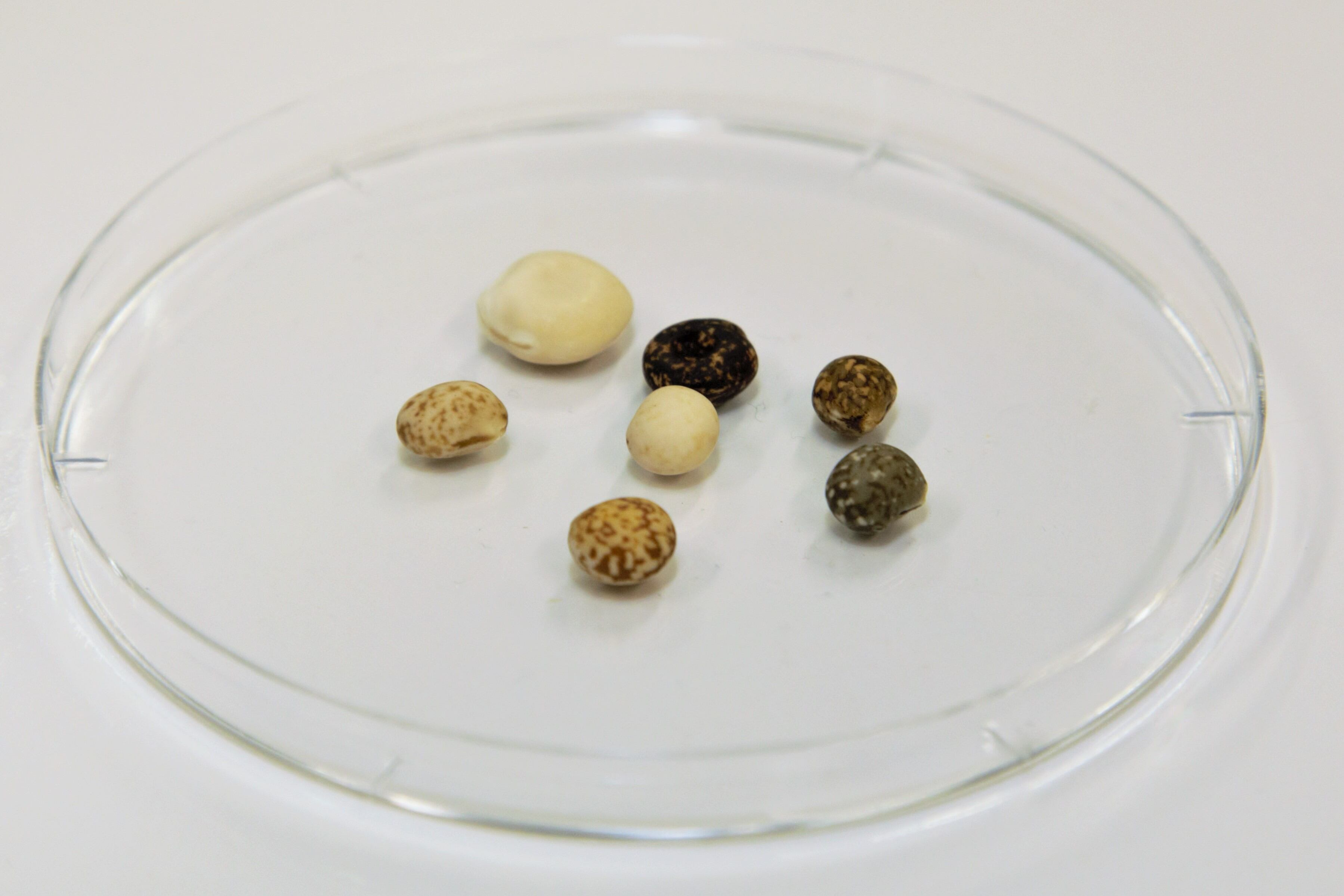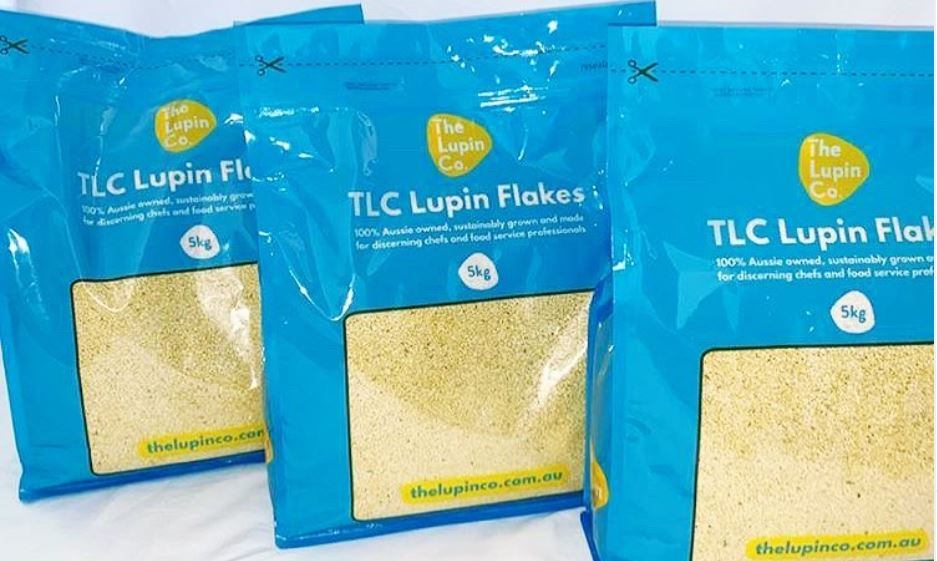Lupins have long been touted as the next superfood, combatting heart disease, diabetes and obesity and new research from Edith Cowan University (ECU) has taken an important step to make that a reality.
However, there are several significant protein-related hurdles to be overcome before lupins can become the next kale or acai.
These proteins can affect lupins’ taste, nutritional properties and its production from both a yield and profitability standpoint.
They’re also not known as produce for human consumption with the vast majority of Australia’s annual crop used as stock feed.
Lupins are also one of only 10 foods which are subject to mandatory allergen labelling in Australia. Now researchers from ECU and Australia’s national science agency CSIRO are developing methods to beat these challenges.
These include the development of tools to select lupin varieties with ideal food characteristics, as well as identifying low allergen varieties.
Next level
ECU PhD candidate Arineh Tahmasian led the development of a new testing regime to identify more than 2,500 different proteins in lupins.
“Whilst the previous proteomics studies of lupin focused only on the most abundant seed proteins, we were able to identify and quantify thousands of proteins from lupin seeds,” she said.
“By examining these proteins, we can gain insights into the processes affecting the nutritional profile, taste and allergenic content of lupin seeds.
“We can also discover the key proteins responsible for important agricultural traits such as environmental tolerance, disease resistance and increased yield.”
Growth potential
Around one-third of Australians are adding legumes as a plant-based, gluten-free protein source in to their diets, along with traditional protein sources like meat.
Ms Tahmasian said lupin seeds are incredibly nutritious. However, only around four per cent of the annual crop is consumed by humans.
“Lupin seeds are very nutritious, with high protein and dietary fibre content and low levels of carbohydrates and fat,” she said.
“They’re commonly used in gluten-free products and increasingly as a protein booster in plant-based meat products.”
“Research has also shown lupins can reduce the risk of obesity, and developing heart disease and type 2 diabetes.”
New market
Australia accounts for around 55 per cent of the global lupin crop, which is mainly grown in Western Australia.
Around 550,000 tonnes of lupins were grown in Western Australia in 2020-2021, but less than 10,000 tonnes was used for human consumption.
Lupins are primarily used as stock feed for cattle, pig, poultry and aquaculture industry and in crop rotation for wheat farms.
ECU’s research in collaboration with CSIRO is aiming to increase adoption of complementary protein sources through the Future Protein Mission.
Source: Food Chemistry
‘Evaluation of protein extraction methods for in-depth proteome analysis of narrow-leafed lupin (Lupinus angustifolius) seeds’
https://doi.org/10.1016/j.foodchem.2021.130722
ArinehTahmasian, et al



